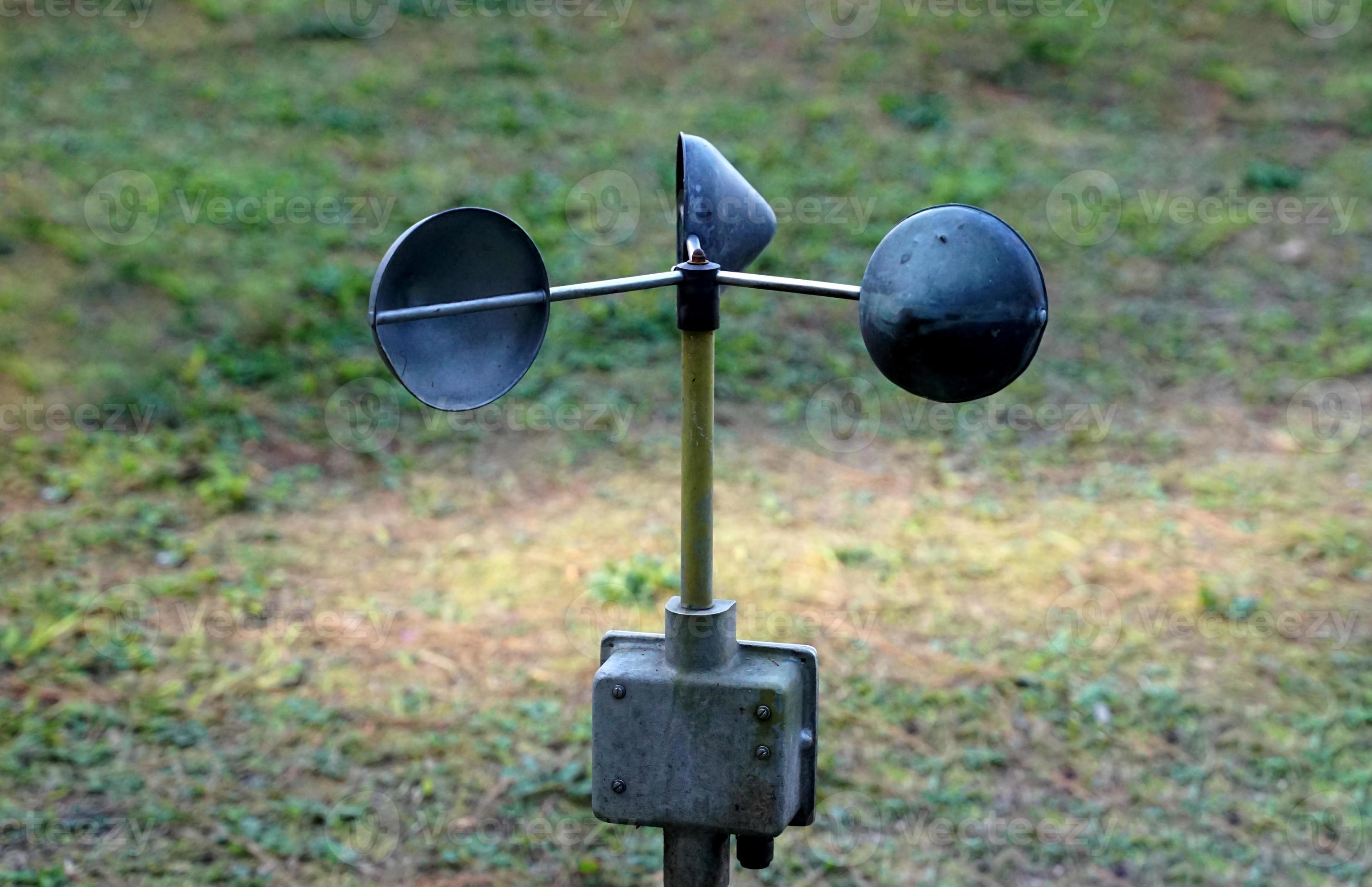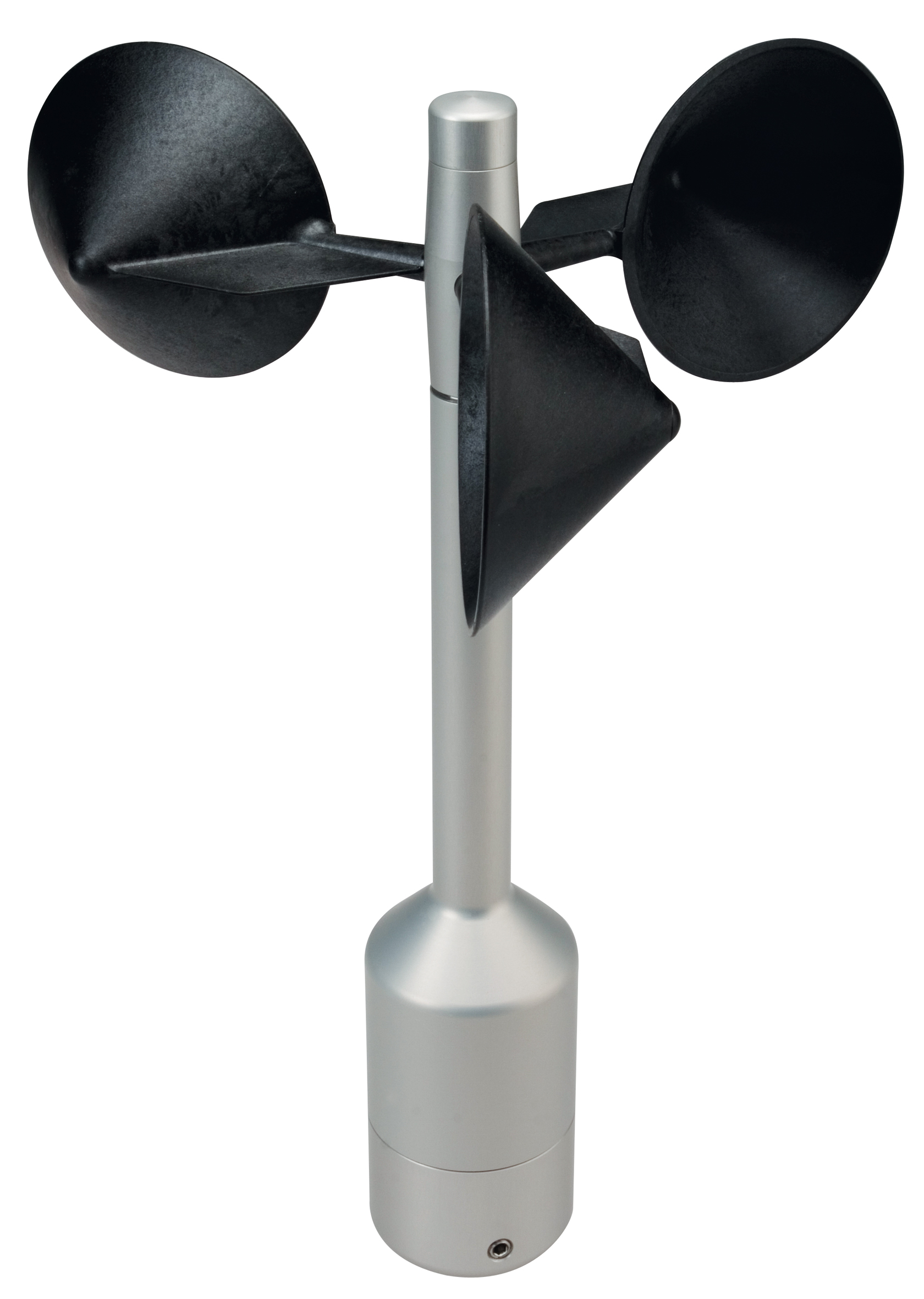Discovering the Features and Advantages of Anemometers for Climate Lovers and Experts
From cup anemometers to sonic anemometers, each type brings its distinct collection of benefits and applications, shedding light on numerous elements of atmospheric problems. As we dive right into the features and benefits of anemometers, a much deeper understanding emerges not just of dominating weather phenomena but additionally of the wider implications for sectors like wind power manufacturing and ecological research.
Value of Anemometers in Weather Condition Tracking
Anemometers play an important duty in weather condition monitoring by giving accurate measurements of wind rate, assisting in projecting and understanding climate patterns. These tools, varying from standard mug anemometers to modern-day ultrasonic anemometers, are essential for meteorologists, scientists, and weather fanatics alike.

Sorts Of Anemometers and Their Applications
The most usual kinds of anemometers include cup anemometers, vane anemometers, hot-wire anemometers, and ultrasonic anemometers. Mug anemometers consist of 3 or four mugs installed on straight arms that rotate with the wind, gauging its speed. Vane anemometers, on the other hand, utilize a freely revolving vane to line up with the wind instructions, giving both wind speed and instructions measurements.
Mug anemometers are appropriate and durable for basic weather tracking, while vane anemometers are preferred for directional dimensions. Ultrasonic anemometers are non-intrusive and provide high accuracy, often used in research study and specialized climate monitoring applications.
Advantages of Making Use Of Anemometers in Forecasting
In meteorology, the usage of anemometers provides very useful benefits for enhancing the accuracy of weather forecasting. Anemometers measure wind speed and instructions, giving crucial data for predicting weather patterns. By incorporating wind data right into projecting designs, meteorologists can better comprehend the motion of weather condition systems, anticipate changes in weather, and problem much more precise projections.
Additionally, anemometers play a vital function in analyzing prospective weather condition threats. Checking wind rates helps forecasters predict extreme weather condition occasions such as hurricanes, tornadoes, and winter storms with higher accuracy. This very early warning system enables authorities to release timely alerts and implement necessary precaution, minimizing the risks to life and home.
Additionally, anemometers aid in optimizing renewable resource manufacturing. By examining wind patterns, meteorologists can identify appropriate locations for wind ranches and predict power output, contributing to the effective generation of wind power.

Anemometers in Wind Energy Production
Offered the crucial function anemometers play in providing precise wind information for climate projecting and hazard evaluation, their importance expands to the realm of wind power manufacturing. Anemometers are necessary tools in the area of wind power, where the dimension of wind speed and direction is vital for figuring out the usefulness and efficiency of wind turbine setups. By precisely gauging wind rates at differing heights, anemometers help optimize the placement and style of wind generators to optimize power result.
In wind ranches, anemometers are purposefully positioned to collect real-time wind data that is used to assess the potential energy production of a site. This information is important in determining the financial feasibility of wind energy jobs and in forecasting energy generation to guarantee grid stability. In addition, anemometers investigate this site aid in checking wind problems to enhance wind turbine performance, protect against damage from high winds, and make certain the safety of personnel operating in the location of wind generators.
Enhancing Weather Condition Recognizing With Anemometers

Anemometers play a key function in boosting our understanding of microclimates. These local weather can vary considerably from wider local forecasts, making it necessary to have exact information for specific areas. anemometer. By strategically placing anemometers in numerous areas, scientists can collect in-depth details on just how wind acts in various have a peek at this website terrains, urban environments, or bodies of water
Moreover, anemometers add to boosting climate projecting versions by supplying real-time data on wind behavior. This details is specifically useful for anticipating severe weather occasions, enhancing agricultural practices, and sustaining markets like aviation and maritime navigating. Generally, anemometers are indispensable tools that allow us to dig deeper right into the complexities of weather systems, inevitably causing more better-informed decisions and exact predictions.
Conclusion
In verdict, anemometers play a critical function in climate tracking and projecting by click site determining wind rate and direction. They are essential devices used by weather condition enthusiasts and specialists to collect exact data for forecasting weather condition patterns and assessing prospective influences. Anemometers likewise have applications in wind energy manufacturing, further highlighting their relevance in both meteorology and renewable resource industries. Generally, anemometers add to improving our understanding of weather phenomena and boosting projecting capabilities. anemometer.
From mug anemometers to sonic anemometers, each kind brings its special collection of benefits and applications, dropping light on different facets of climatic problems. These tools, ranging from conventional cup anemometers to modern-day ultrasonic anemometers, are vital for meteorologists, scientists, and climate fanatics alike. The most usual kinds of anemometers consist of mug anemometers, vane anemometers, hot-wire anemometers, and ultrasonic anemometers. Mug anemometers are suitable and robust for basic weather monitoring, while vane anemometers are preferred for directional measurements. Anemometers are important instruments in the field of wind energy, where the measurement of wind speed and direction is essential for figuring out the feasibility and efficiency of wind turbine installations.